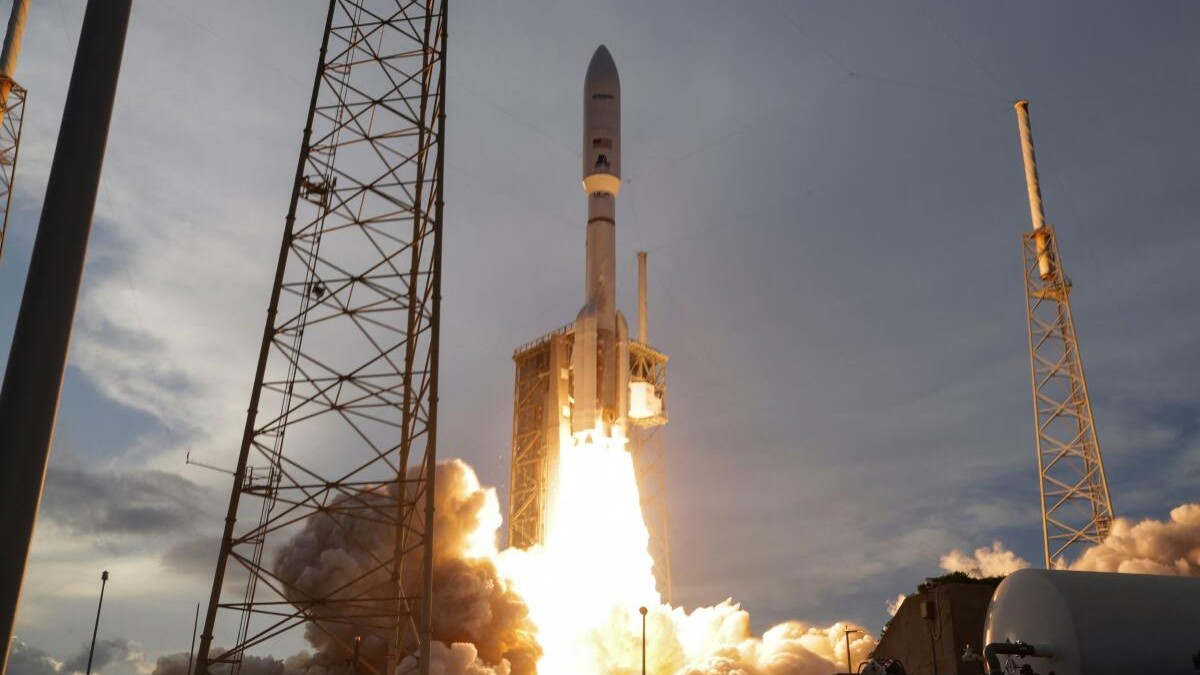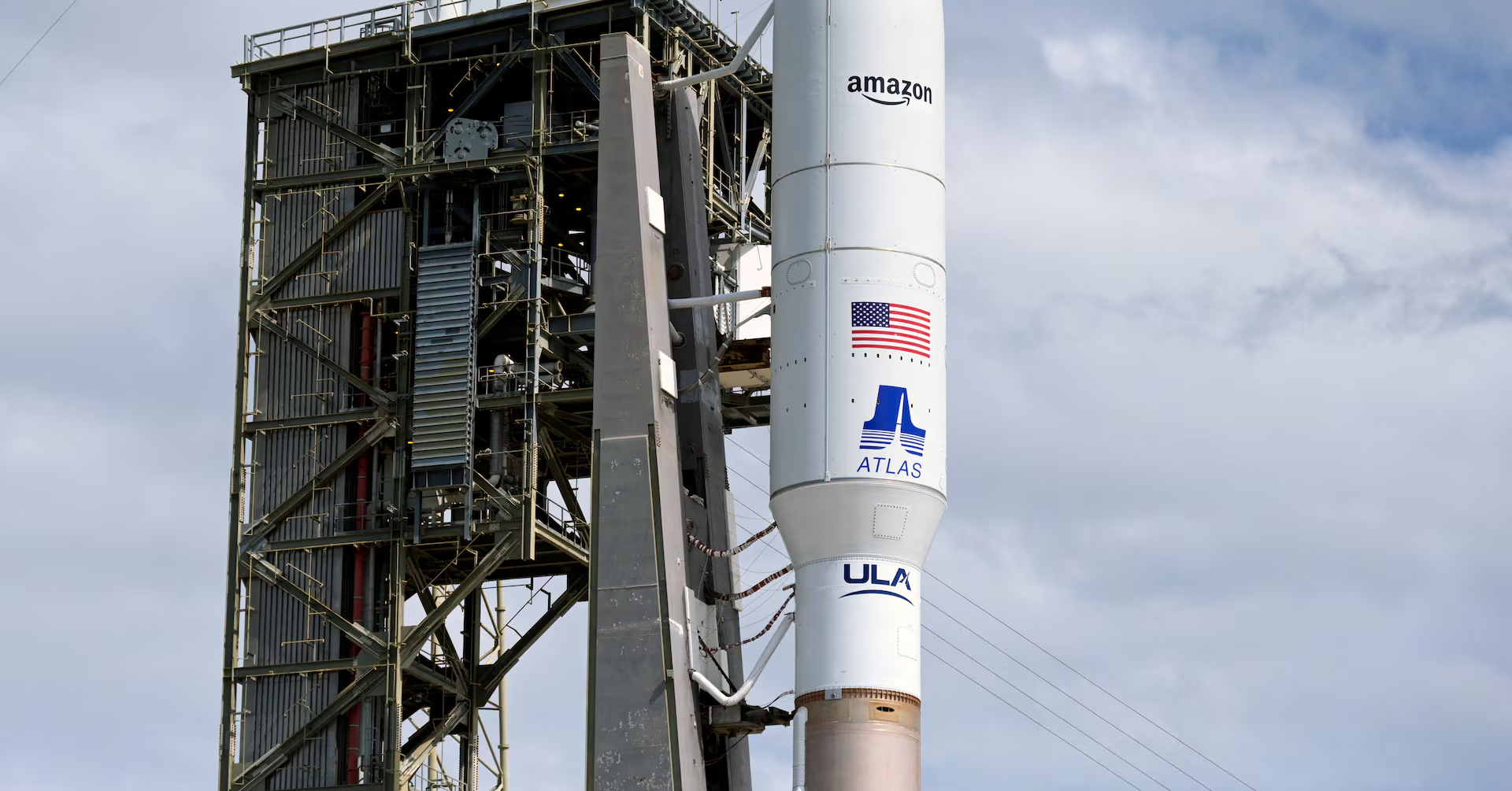Amazon has officially entered the satellite internet arena with the successful launch of its first 27 Project Kuiper satellites on April 28, 2025, marking a pivotal moment in the company’s ambitious $10 billion venture to challenge SpaceX’s Starlink dominance. The satellites were deployed aboard a United Launch Alliance Atlas V rocket from Cape Canaveral Space Force Station in Florida, initiating what promises to be one of the most significant competitive battles in the emerging space-based internet market.
This launch represents the beginning of Amazon’s long-delayed entry into satellite broadband services, a market currently dominated by Elon Musk’s Starlink, which boasts over 8,000 satellites in orbit and millions of users worldwide. Project Kuiper, first announced in 2019, aims to deploy a constellation of 3,236 satellites in low-Earth orbit to provide global broadband connectivity, particularly targeting underserved rural and remote areas that lack adequate internet access.
The successful deployment follows Amazon’s completion of prototype testing in 2023, where two test satellites achieved a 100% success rate before being intentionally de-orbited as part of the company’s commitment to space safety. Amazon has secured over 80 rocket launches from multiple providers, including SpaceX, ULA, Blue Origin, and Arianespace, demonstrating the massive scale of this undertaking. With the Federal Communications Commission requiring Amazon to deploy at least half of its planned constellation by mid-2026, the company faces significant pressure to accelerate its launch schedule.
Expanding the Constellation
Amazon doubled its satellite fleet with a second successful launch on June 23, 2025, deploying an additional 27 Kuiper satellites and bringing the total constellation to 54 spacecraft. This second mission, initially scheduled for June 13 but delayed due to weather conditions and technical issues, demonstrates Amazon’s commitment to maintaining an aggressive deployment schedule.
The company plans up to five additional Kuiper missions throughout 2025, with each launch bringing Amazon closer to its goal of providing commercial broadband services. These satellites operate in low-Earth orbit between 367 to 391 miles above Earth’s surface, positioning them to deliver high-speed internet with reduced latency compared to traditional satellite services.
Technical Capabilities and Market Position

Project Kuiper promises impressive technical specifications that could give it a competitive edge against Starlink. Amazon’s standard customer terminals are designed to deliver speeds up to 400 megabits per second, significantly faster than Starlink’s current 25-100 Mbps standard service. Commercial terminals boast even more impressive capabilities, with potential speeds reaching 1 gigabit per second.
The service will leverage Amazon’s existing cloud infrastructure through AWS integration, potentially offering unique enterprise benefits that could differentiate it from competitors. Amazon has emphasized affordability as a key selling point, promising customer terminals priced under $400 compared to Starlink’s $599 standard equipment cost.
Launch Timeline and Availability
Amazon plans to begin commercial service demonstrations for enterprise customers in late 2025, followed by consumer beta testing and general availability. The service will initially cover regions within 56 degrees north and south of the equator, encompassing most populated areas globally while excluding much of Alaska.
Project Kuiper represents Amazon’s strategic expansion beyond e-commerce and cloud computing into the rapidly growing satellite internet market, setting the stage for intense competition with established players like Starlink and traditional telecommunications companies.

